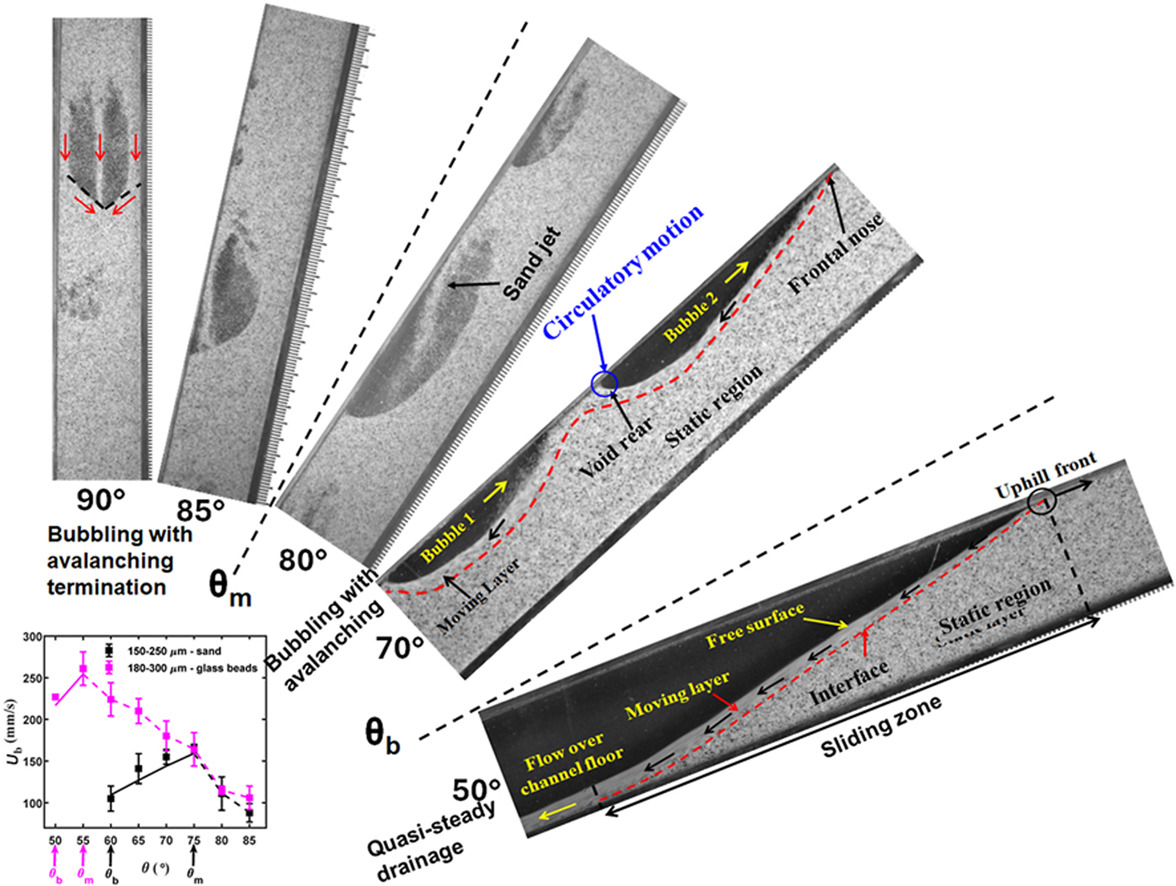- Volumes 96-107 (2025)
-
Volumes 84-95 (2024)
-
Volume 95
Pages 1-392 (December 2024)
-
Volume 94
Pages 1-400 (November 2024)
-
Volume 93
Pages 1-376 (October 2024)
-
Volume 92
Pages 1-316 (September 2024)
-
Volume 91
Pages 1-378 (August 2024)
-
Volume 90
Pages 1-580 (July 2024)
-
Volume 89
Pages 1-278 (June 2024)
-
Volume 88
Pages 1-350 (May 2024)
-
Volume 87
Pages 1-338 (April 2024)
-
Volume 86
Pages 1-312 (March 2024)
-
Volume 85
Pages 1-334 (February 2024)
-
Volume 84
Pages 1-308 (January 2024)
-
Volume 95
-
Volumes 72-83 (2023)
-
Volume 83
Pages 1-258 (December 2023)
-
Volume 82
Pages 1-204 (November 2023)
-
Volume 81
Pages 1-188 (October 2023)
-
Volume 80
Pages 1-202 (September 2023)
-
Volume 79
Pages 1-172 (August 2023)
-
Volume 78
Pages 1-146 (July 2023)
-
Volume 77
Pages 1-152 (June 2023)
-
Volume 76
Pages 1-176 (May 2023)
-
Volume 75
Pages 1-228 (April 2023)
-
Volume 74
Pages 1-200 (March 2023)
-
Volume 73
Pages 1-138 (February 2023)
-
Volume 72
Pages 1-144 (January 2023)
-
Volume 83
-
Volumes 60-71 (2022)
-
Volume 71
Pages 1-108 (December 2022)
-
Volume 70
Pages 1-106 (November 2022)
-
Volume 69
Pages 1-122 (October 2022)
-
Volume 68
Pages 1-124 (September 2022)
-
Volume 67
Pages 1-102 (August 2022)
-
Volume 66
Pages 1-112 (July 2022)
-
Volume 65
Pages 1-138 (June 2022)
-
Volume 64
Pages 1-186 (May 2022)
-
Volume 63
Pages 1-124 (April 2022)
-
Volume 62
Pages 1-104 (March 2022)
-
Volume 61
Pages 1-120 (February 2022)
-
Volume 60
Pages 1-124 (January 2022)
-
Volume 71
- Volumes 54-59 (2021)
- Volumes 48-53 (2020)
- Volumes 42-47 (2019)
- Volumes 36-41 (2018)
- Volumes 30-35 (2017)
- Volumes 24-29 (2016)
- Volumes 18-23 (2015)
- Volumes 12-17 (2014)
- Volume 11 (2013)
- Volume 10 (2012)
- Volume 9 (2011)
- Volume 8 (2010)
- Volume 7 (2009)
- Volume 6 (2008)
- Volume 5 (2007)
- Volume 4 (2006)
- Volume 3 (2005)
- Volume 2 (2004)
- Volume 1 (2003)
• Bubbling dynamics during granular drainage from image analysis and DPIV.
• Voids from interstitial air during drainage by avalanching in inclined conduits.
• Synergy of avalanching and bubbling enhances drainage rate.
• Distinct qualitative similarity characterizes the random phenomena.
• Phenomenological models with fitting parameters capture the flow physics.
The study investigates gravity-driven granular drainage from a closed-top quasi-two-dimensional rectangular conduit. Experiments over a wide range of conduit inclination with respect to the horizontal (θ) reveal drainage to occur by "avalanche flow". Beyond a conduit tilt (θ > θb), avalanching is accompanied by bubbling of the interstitial air, which hastens the rate of drainage. However, on further increase in conduit tilt towards the vertical (θ > θm), the rate of drainage slows down as avalanche flow ceases while bubbling continues. Flow visualization experiments followed by image analysis, spatio-temporal plots, and Digital Particle Image velocimetry (DPIV) measurements provide a detailed qualitative description and quantitative measurements in the two drainage regimes, viz, avalanching with bubbling and drainage after termination of avalanche flow. Based on experimental observations, phenomenological models are proposed for the prediction of critical conduit inclination for the inception of bubbling (θb), and termination of avalanche flow (θm), as well as the bubble rise velocity in the two drainage regimes, i.e. for θb≤ θ ≤θm and θm≤ θ ≤ 90°.

